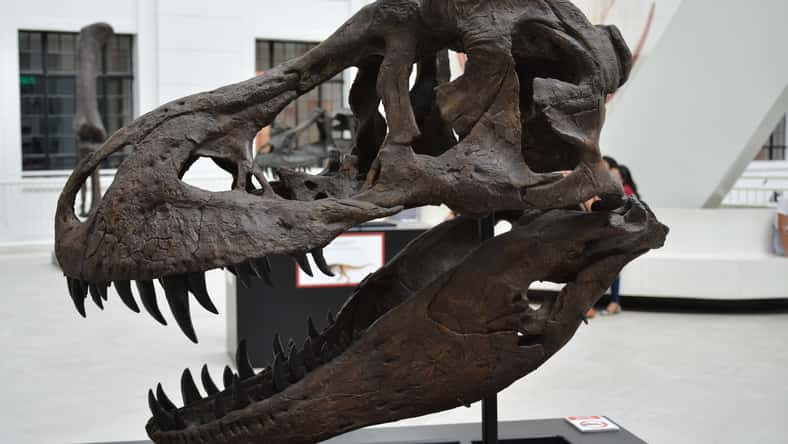
Beneath a soccer field in Vienna, the remains of about 150 soldiers were discovered, indicating that a fierce battle against Germanic warriors had taken place in the 1st or 2nd century A.D. The mass grave was found during renovations in October 2024.
The skeletal remains have now been thoroughly studied, and the city’s authorities announced the discovery on April 2.
The grave is the first known piece of evidence of fighting in the region. It is located in the Vienna neighborhood of Simmering.
The bodies of 129 people have been confirmed at the site. Excavations revealed many dislocated bones, and it is believed that the total number of victims comes out to 150, a never-before-seen discovery in Central Europe.
“Within the context of Roman acts of war, there are no comparable finds of fighters,” said Michaela Binder, the leader of the archaeological dig.
“There are huge battlefields in Germany where weapons were found. But finding the dead, that is unique for the entire Roman history.”
The find is so rare because soldiers in the Roman Empire were usually cremated until the 3rd century. Ordinarily, they followed strict burial rituals. So, the body burials at the grave were definitely an exception.
The individuals in the mass grave were all men with an average height of five feet and seven inches. Most were between the ages of 20 and 30. In general, they seemed to have good dental health.
Some of them had been buried with weapons and armor that conveyed they were Roman soldiers. The arrangement of their bodies in the pit suggests that they were hastily deposited.

Sign up for Chip Chick’s newsletter and get stories like this delivered to your inbox.
Every skeleton showed signs of injury on their bones, particularly in the head, torso, and pelvic areas, that were caused by swords, lances, and daggers.
“They have various different battle wounds, which rules out execution. It is truly a battlefield,” said Kristina Adler-Wölfl, the head of the Vienna city archaeological department. There are wounds from swords, lances; wounds from blunt trauma.”
The bones were dated between 80 and 130 A.D., which aligned with the ages of the artifacts in the grave, including armor, helmet cheek protectors, and nails used in Roman military shoes.
The biggest clue was a rusty dagger that was used between the middle of the 1st century and the beginning of the second.
So far, only one victim has been confirmed as a Roman warrior. Hopefully, further analysis of the bones and artifacts will help identify the fighters.
At the moment, the most likely theory is that they were associated with the Danube campaigns of Emperor Domitian from 86 to 96 A.D.
The discovery also reveals early evidence of the establishment of a settlement that would eventually become what we now know as the Austrian capital of Vienna.












